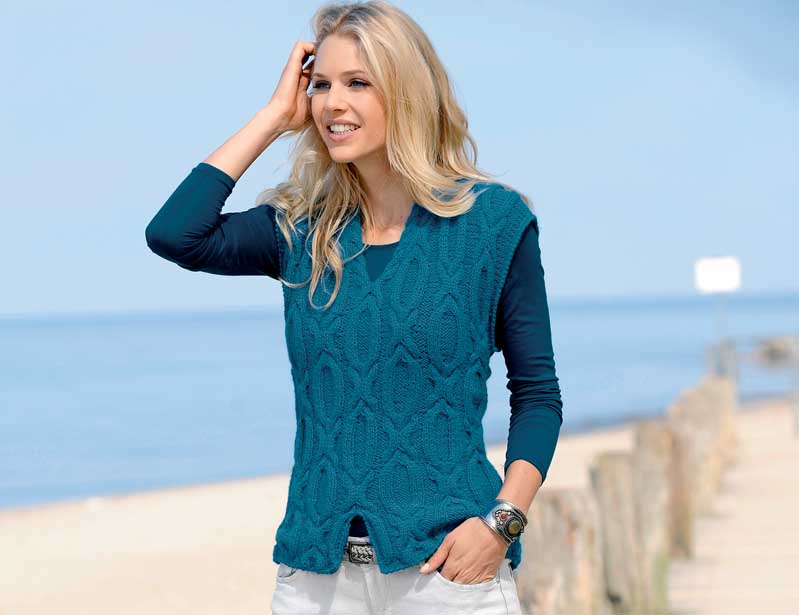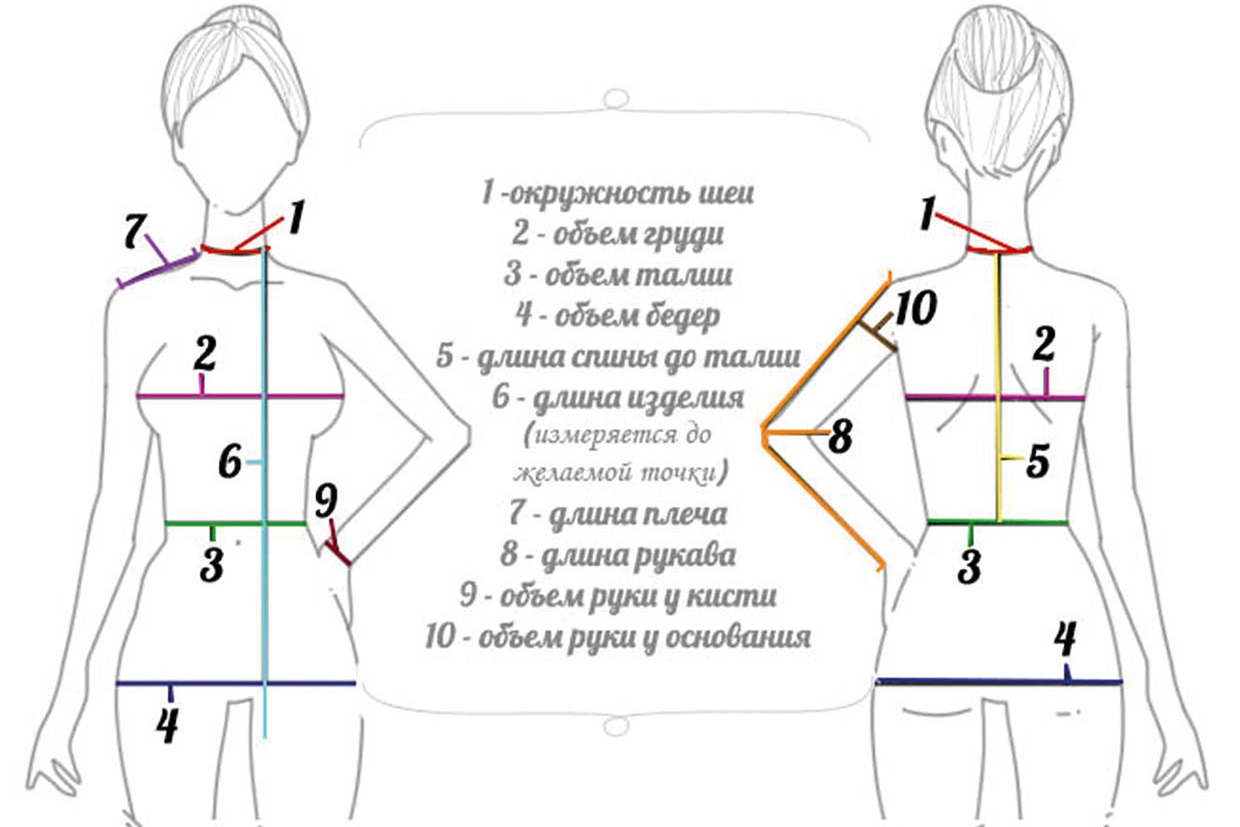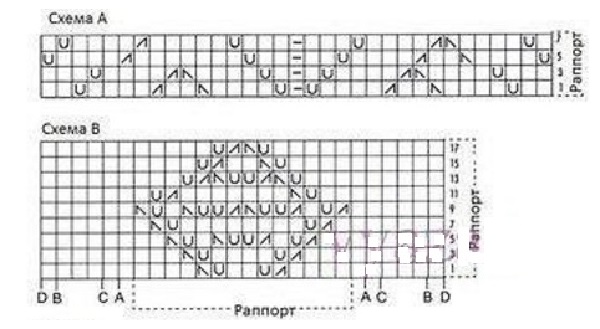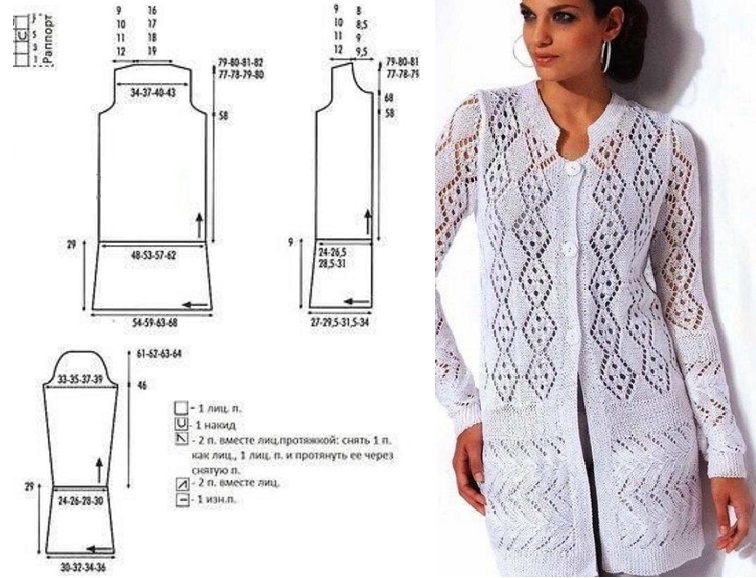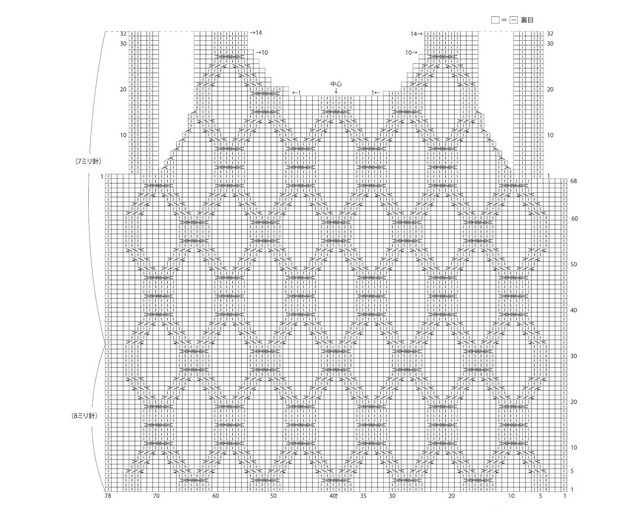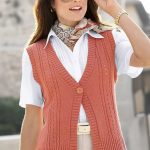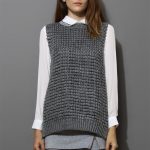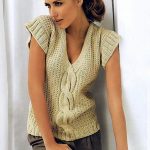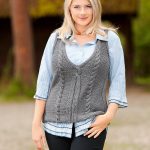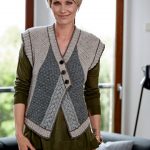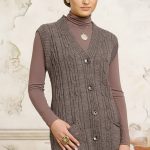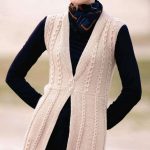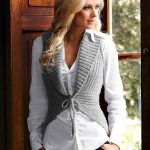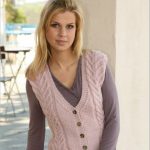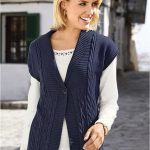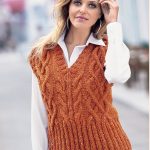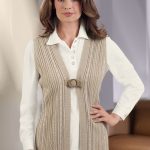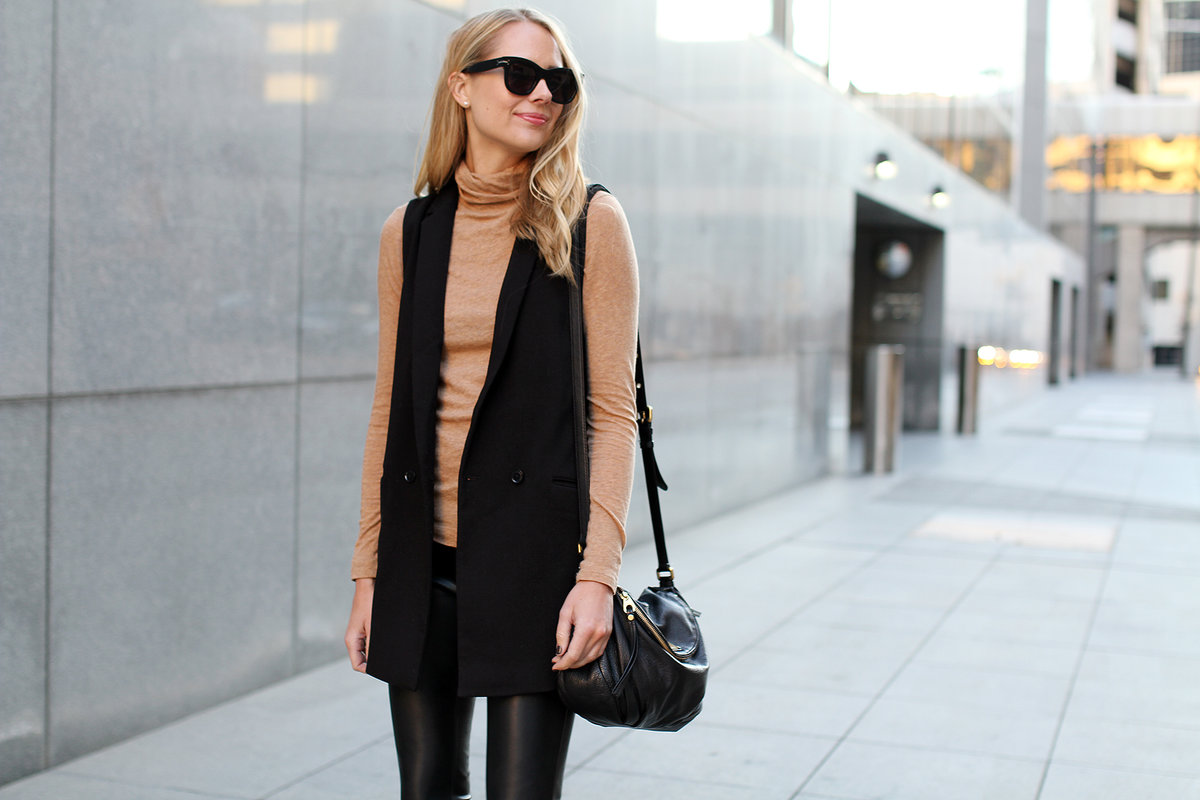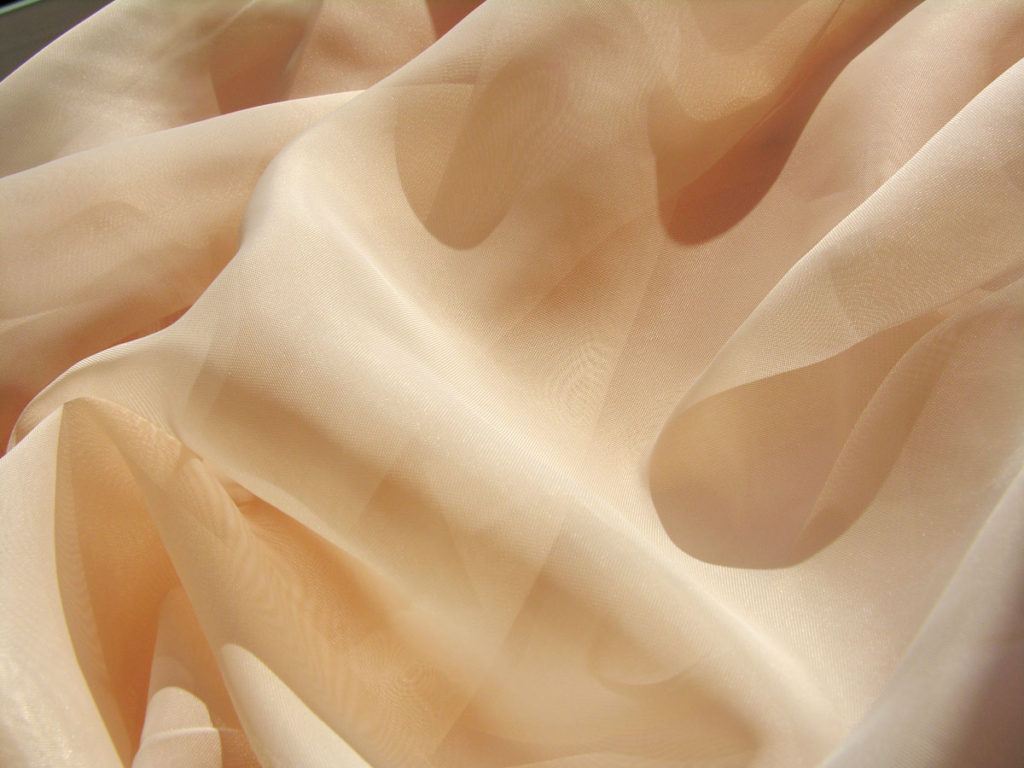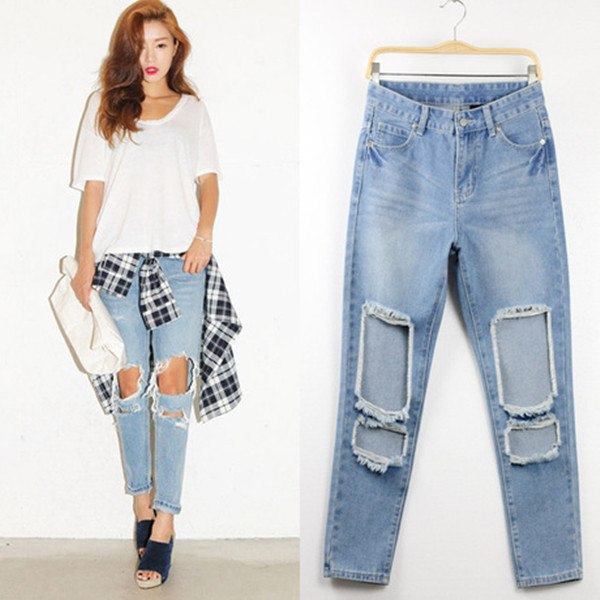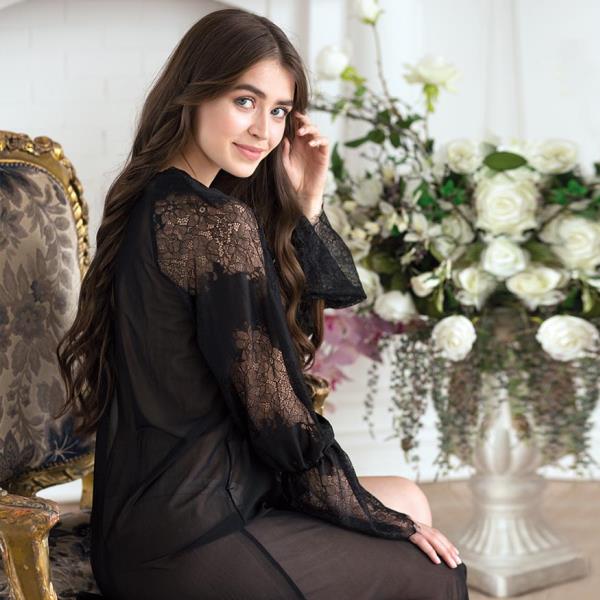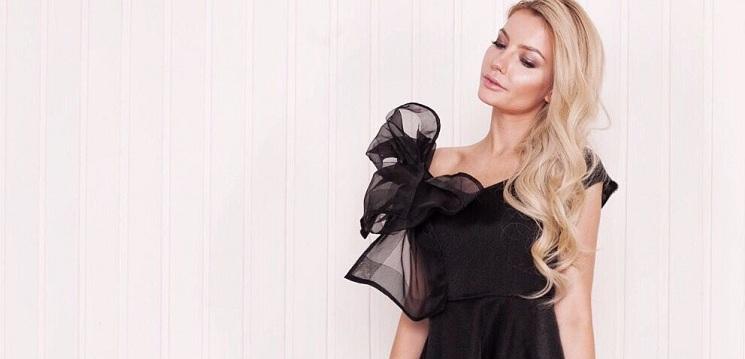The ability to knit something with your own hands is a valuable quality for women. Knitters are able to make an impressive gift themselves, transform an already boring thing or prepare a wardrobe for the new season on a budget. A very practical new thing is a vest with knitting needles for women, especially in combination with other fashionable accessories. This is a great option for any time of year.
Selecting yarn and tools
Knitting a vest, like any other product, takes place in several stages. First, you need to choose the knitting needles and yarn. The main rule that knitters follow is that the diameter of the tool should correspond to the thickness of the thread. In addition, there are a number of nuances that you will have to pay attention to, for example:
- The quality and structure of the thread must correspond to the purpose of the knitted sleeveless jacket. Large yarn is ideal for braids, plaits or relief. This will make the product look more voluminous. Thin yarn is suitable for a summer vest, a set with a jacket or a coat. The fashionable tone is chosen depending on the pattern.
- The combination of two or more colors looks original in jacquard, a single-color design should be chosen for openwork.
- The quality of the tool directly affects the uniformity and clarity of knitting, so it is important to monitor the smoothness of the product and the moderate sharpness of its ends. The design of the knitting needles is selected depending on the knitting method. For a seamless vest, you should take a circular type on a fishing line or cable. Straight ones are intended for traditional knitting of a model from two parts. The diameter or thickness of the knitting needles play a large role. If the tool is correctly matched to the thread, then any pattern looks harmonious. It is best to use an approximate table for choosing knitting needles or recommendations from the manufacturer of the product.
Original women's sleeveless jackets can be knitted not only with knitting needles, but also with a crochet hook. With its help, unique meshes or Irish lace are created.
Choosing a pattern is another preparatory stage. A knitted vest made in the following ways looks good:
- dense satin stitch;
- with ornamented inserts;
- in the form of combinations with fabric or leather;
- openwork, relief patterns, elastic band.
Before making a decision, you need to knit a pattern for the vest with the selected thread and knitting needles. A trial sample will allow you to understand how the final product will look, and assess your skill level.
Measurements and pattern
In order for a knitted vest for women to fit well, you need a pattern. The female figure requires a special approach, so without taking individual measurements, constructing a base is impractical. Measurements required for drawing a pattern for any size:
- half-girth of the neck, chest, waist, hips;
- width of back, chest;
- length of the product, back to the waist and shoulder.
The pattern is constructed for the right half of the figure, so the girth measurements are recorded in half size. Some craftswomen take ready-made patterns, but sometimes individual features of the figure require adjustment of the pattern. The chosen base may be of a different size. In this case, you will need to adapt the pattern to your measurements. The easiest way to increase is to cut the pattern at the level of the middle of the shoulder, spread it to the desired size. To reduce, just make a fold along the same line.
Thick paper is used to construct the drawing.
Knitting stages
The step-by-step algorithm describing the pattern of how to knit a vest for beginners consists of several stages. It does not depend on which model is chosen for execution. The order of work is not affected by the level of skill of the woman.
| Stage | Execution |
| Selecting a model, material, tool, knitting pattern | Decide on the appearance of the product. The knitting pattern is selected for the pattern you like, preferably with a description. For beginner knitters, this is important to correctly complete a beautiful pattern. Select a thread of appropriate quality, thickness and color. Select knitting needles for a specific yarn thickness. |
| Create a basic pattern for the vest. | Take measurements.
Create a drawing for your size. |
| Calculate knitting density. | Knit a sample from the number of loops of the rapport (repeating fragment) of the pattern.
Calculate the number of loops. |
| Get to work. | Cast on the calculated number of stitches.
Knit according to the pattern, maintaining the dimensions of the pattern. |
| Finish the product. | Steam the parts.
Sew the front and back. Finish the neckline, armholes, and bottom of the garment (if necessary). |
There are many ideas on how to knit a sleeveless jacket to decorate your wardrobe. Most of them can be found in the public domain.
Openwork
Vests and sleeveless jackets are often knitted with beautiful lace. A very fashionable model is an elongated item with a delicate mesh pattern. An openwork vest begins with a set of rapport loops and 2 edge loops. First, you need to knit a sample to find out how many weaves are in 1 cm. Then you need to find out their quantity to start knitting half of the vest (measurement - half hip circumference). If the model provides for the presence of an elastic band, then the calculation is made according to it, and the lace is symmetrically placed above.
Knit according to the pattern to the armhole line. Then decrease if the openwork model is not designed with a dropped shoulder. Then continue knitting exactly to the neckline mark. Close the middle loops. Then knit the halves separately to the shoulder line. Close the loops. Work on the second part is similar. The final stage is connecting the parts, processing the neck and armholes.
The neckline of the back and front of an openwork vest can be the same depth if this is provided for by the model.
Made from thick yarn
Knitting with wide threads is practical and convenient. The material has many advantages:
- the process is much faster than when working with thin yarn;
- the products always look original;
- there is no need to select and knit complex patterns due to the structure of the thread.
To work with thick yarn, you will need knitting needles with a diameter of 6-8 mm, for very voluminous yarn - more than 9 mm. It is necessary to remember that the finished vest with knitting needles under its own weight will become a little larger.
You can knit a vest using two techniques with thick yarn: stockinette stitch and pearl knitting. If you follow the instructions with the description, you will get a good model that is suitable for the cold season:
- Cast on 53 stitches and knit with pearl stitch for about 40 cm. Then continue with stocking stitch to 63 cm and close the stitches. This completes the back section.
- To form the shoulders from the back, you need to close 5 loops and knit to the end of the row, do the same in the next and in the next four. After that, finish the loops.
- Make the left shelf on 29 loops and knit with pearl knitting up to 30 cm. Then you need to knit the front loops up to the last three, make them with the same pattern to form a strip. Repeat these steps up to 53 cm.
- To form the shoulders and neck, close 7 loops and purl to the end of 22 loops and alternately close 5, 4, 5 and 3 in the following rows. Complete the rest for the shoulder.
- Knit the right shelf in the same way as the left one.
- Make the sleeves from 35 loops in pearl stitch up to about 45 cm.
- Once the work is completed, sew all the parts together and steam the elongated vest well.
The final length of the product is adjusted immediately during the calculation. Experienced craftswomen use a correction factor equal to 0.95. All calculated values are multiplied by it. For example, the calculated length of the product is 70 rows. With the correction factor, the value will change to 66.5. The technique helps to avoid over-tying a fashionable product.
Thick yarn makes beautiful, openwork sleeveless jackets and thick, warm models. They are ideal for summer evenings and cool winter days. The main thing when working is to follow the instructions exactly.
Video

